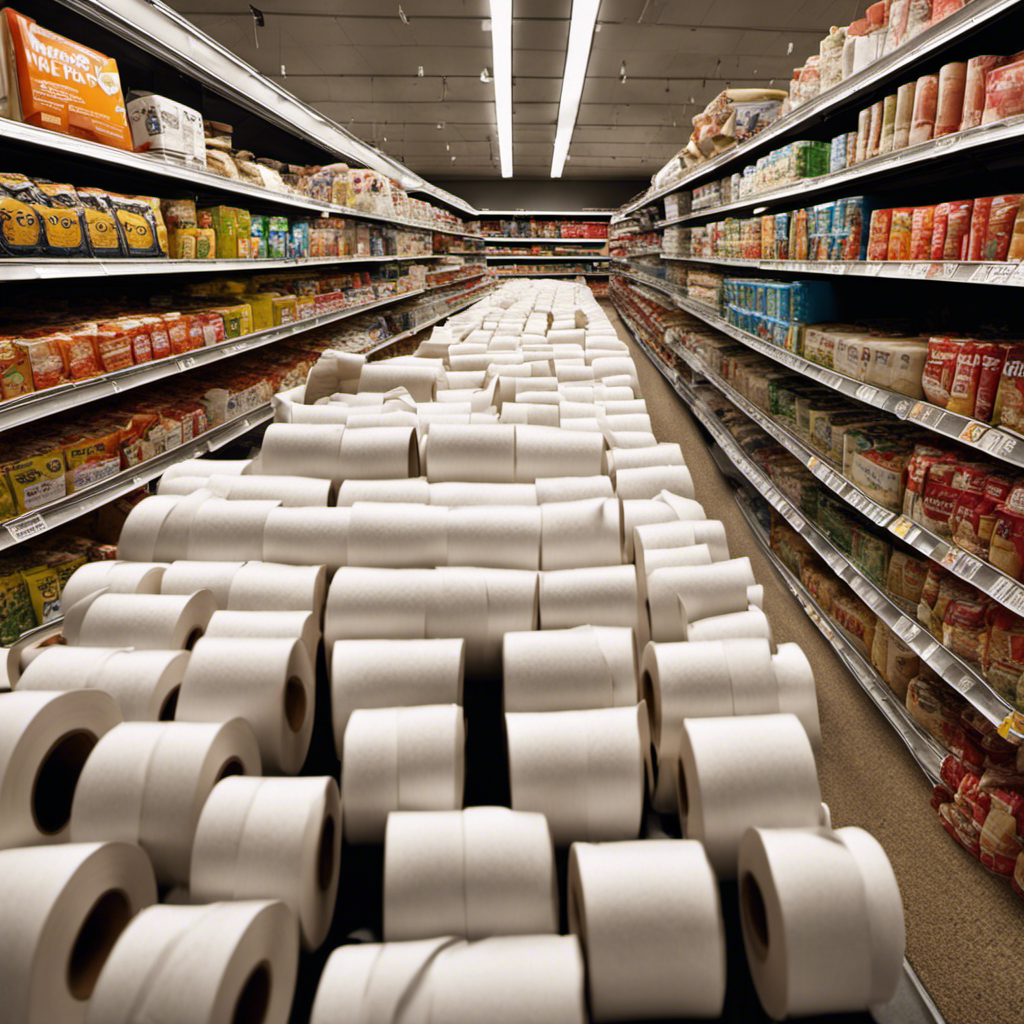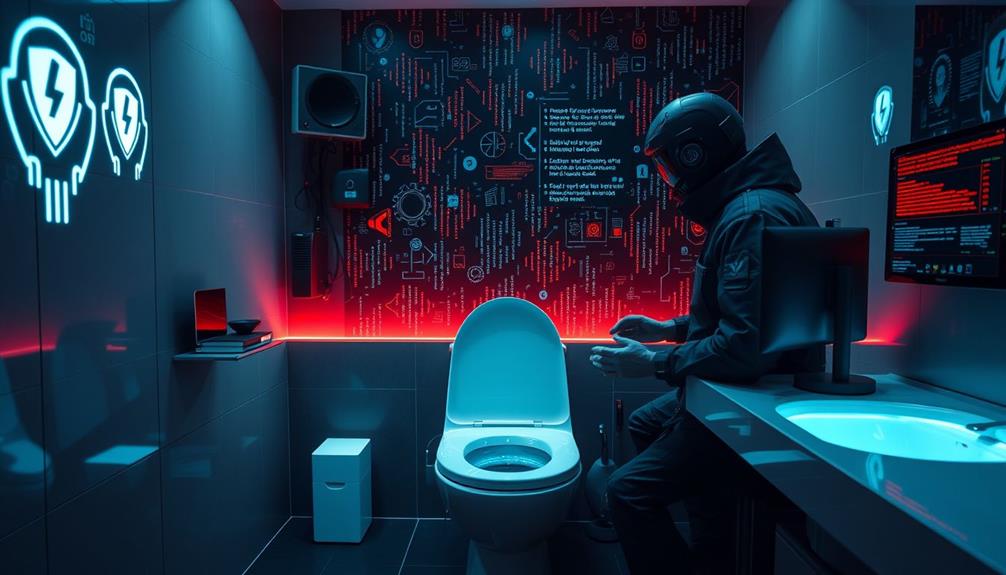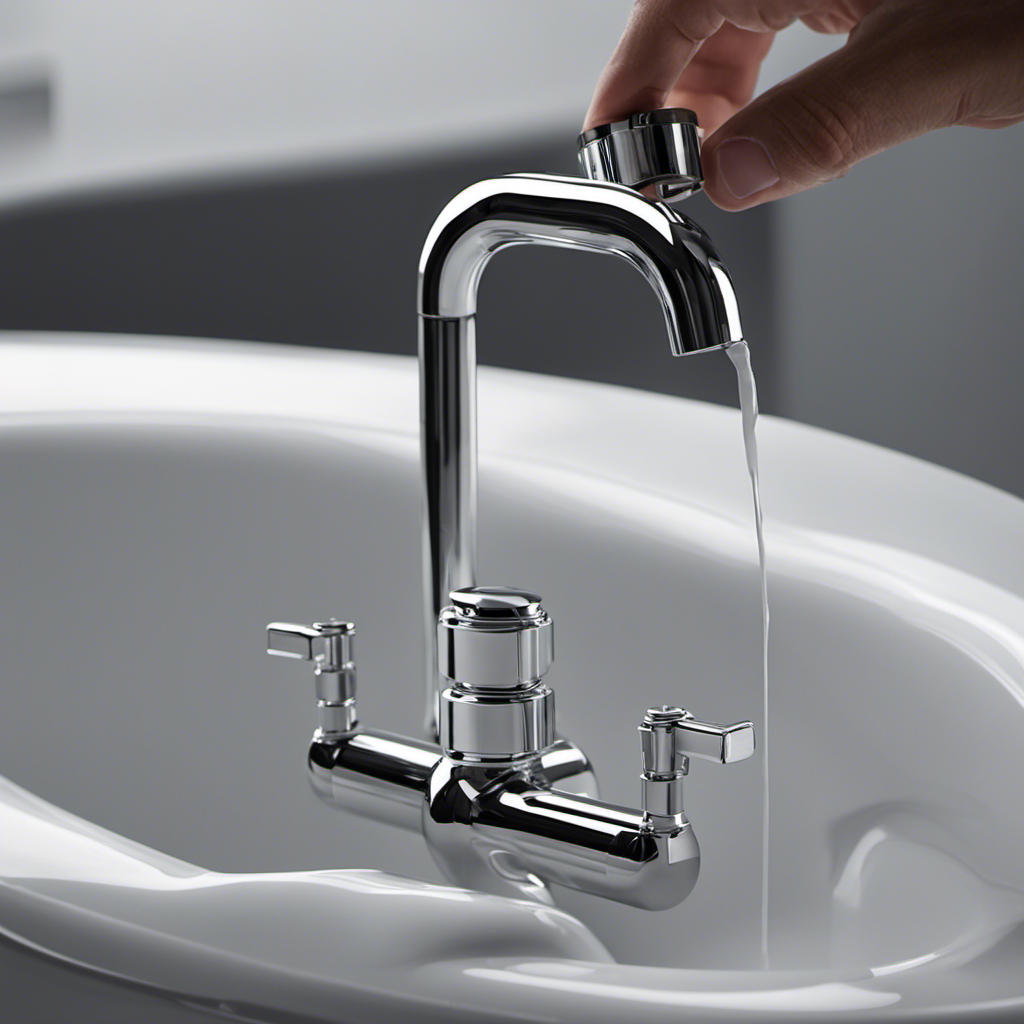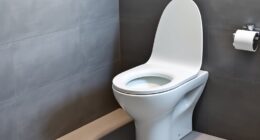Were you aware that, on average, a person uses the flush on their toilet approximately 2,500 times annually?
Understanding how a standard toilet flush works is crucial for maintaining its functionality and efficiency. In this article, we will delve into the components of a standard flush, such as the flush valve and flapper, and explore how water is supplied for flushing.
By mastering the mechanics of a standard toilet flush, you can ensure its proper operation and avoid potential issues in the future.
Key Takeaways
- The standard flush system consists of components such as the flush valve, fill valve, trip lever, flapper, and overflow tube.
- There are different types of toilet flush systems, including gravity flush, pressure-assisted flush, and dual flush, each with its own advantages.
- The water supply for flushing can be through gravity-fed systems, pressure-assisted systems, or dual-flush systems, with adequate water pressure being important for a powerful flush.
- The flush valve plays a crucial role in waste removal by releasing water from the tank into the bowl, while the flapper controls the flow of water into the bowl and requires regular maintenance and replacement for proper functioning.
The Components of a Standard Flush
The standard flush of a toilet consists of several components, which work together to efficiently remove waste and maintain proper sanitation. Understanding these components is essential for flush mechanism troubleshooting and for identifying different types of toilet flush systems.
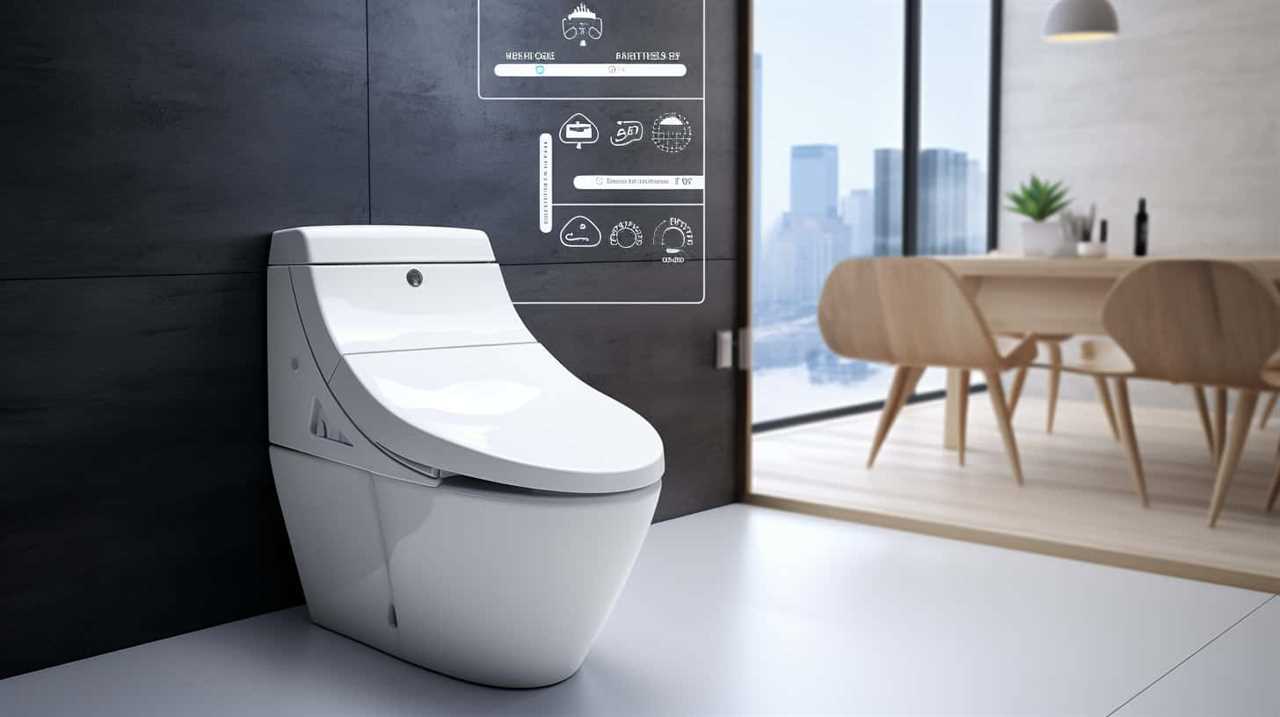
The main components of a standard flush include the flush valve, the fill valve, and the trip lever. The flush valve is responsible for releasing water from the tank into the bowl, while the fill valve controls the water level in the tank. The trip lever, located on the side of the toilet, activates the flush by lifting the flapper or releasing the water from the tank.
By troubleshooting these components, you can identify and fix common issues such as weak flush, continuous running water, or incomplete flush. Understanding the different types of toilet flush systems, such as gravity flush, pressure-assisted flush, or dual flush, can also help in determining the best solution for your toilet.
Now that we’ve covered the components of a standard flush, let’s move on to discussing how water is supplied for flushing.
How Water Is Supplied for Flushing
To continue our discussion, let’s explore how water is supplied for flushing in a standard toilet.

The toilet flush mechanism is responsible for initiating the flushing process and ensuring that the right amount of water is released to effectively remove waste from the bowl.
Here are three key ways in which water is supplied for flushing:
- Gravity-fed system: This is the most common method, where water is stored in a tank located above the toilet bowl. When the flush lever is pressed, it opens a valve, allowing the water to flow down into the bowl due to gravity.
- Pressure-assisted system: In this system, water is stored in a separate tank and is pressurized. When the flush lever is activated, the pressurized water is released into the bowl, resulting in a more forceful flush.
- Dual-flush system: This system offers two flush options, typically a full flush for solid waste and a half flush for liquid waste. It allows users to conserve water by choosing the appropriate flush option based on their needs.
The water pressure plays a crucial role in ensuring a powerful flush. Adequate water pressure is necessary to create a strong force that effectively removes waste from the bowl.
The Role of the Flush Valve in Waste Removal
Moving on to the role of the flush valve in waste removal, let’s explore how this crucial component aids in the flushing process.
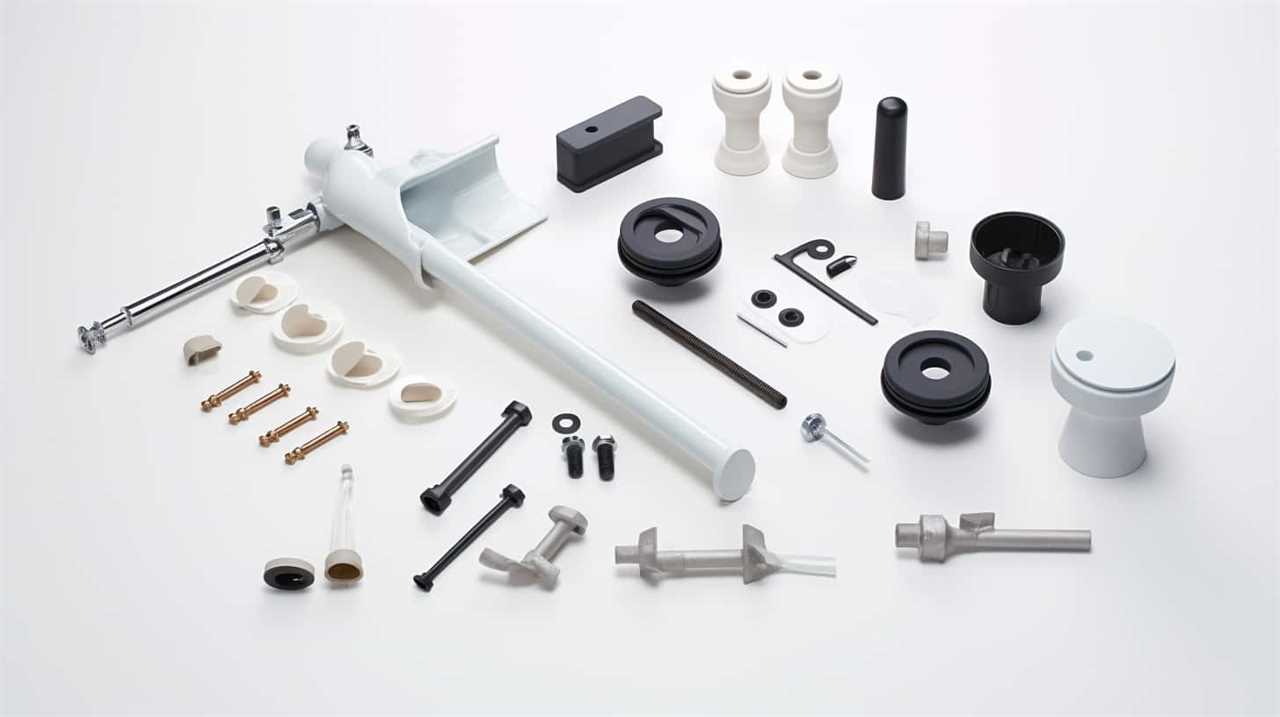
The flush valve is responsible for releasing water from the toilet tank into the bowl to remove waste. It’s typically a rubber or plastic flapper that’s connected to the flush handle by a chain or rod.
When the flush handle is pressed, it lifts the flush valve, allowing water to flow into the bowl. The flush valve then seals the tank, preventing any further water from entering. This mechanism ensures that the water is directed into the bowl with enough force to effectively remove waste.
The role of the fill valve is to refill the tank with water after flushing. There are different flush mechanisms, such as gravity-fed and pressure-assisted, that rely on the flush valve to initiate waste removal.
Understanding the Function of the Flapper
To understand the function of the flapper, we need to examine its role in the standard toilet flush. The flapper is a crucial component of the flush mechanism, responsible for controlling the flow of water from the tank into the bowl.
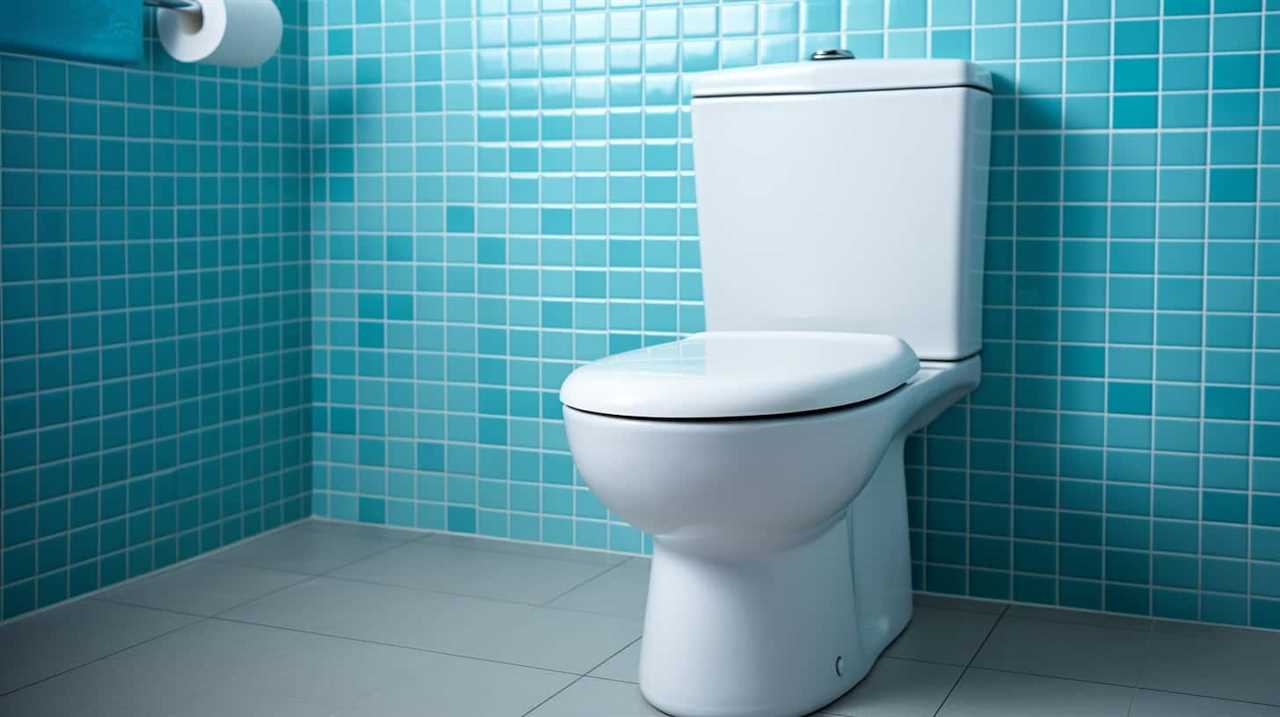
Here are three important points to consider about the flapper:
- Flapper maintenance: Regular inspection and cleaning of the flapper are essential to prevent any blockages or leaks. Over time, debris and mineral deposits can accumulate, affecting the flapper’s performance.
- Flapper replacement: If the flapper becomes damaged or worn out, it may no longer create a proper seal, leading to water leakage and inefficient flushing. In such cases, it’s necessary to replace the flapper to restore the toilet’s functionality.
- Flapper adjustment: Sometimes, the flapper chain may need to be adjusted to ensure the flapper closes fully after each flush. This adjustment helps prevent water from continuously running into the bowl.
Understanding the function of the flapper and performing regular maintenance or replacement when needed will ensure a properly functioning toilet flush.
The Importance of Proper Toilet Maintenance
Proper toilet maintenance is crucial for ensuring the longevity and efficiency of the flush mechanism. Regular toilet cleaning and preventative measures are essential in preventing clogs and maintaining optimal performance.
To keep your toilet in good condition, it’s important to clean it regularly using a toilet brush and cleaning solution. This helps remove any buildup of mineral deposits, bacteria, and stains that can affect the functionality of the flush mechanism.
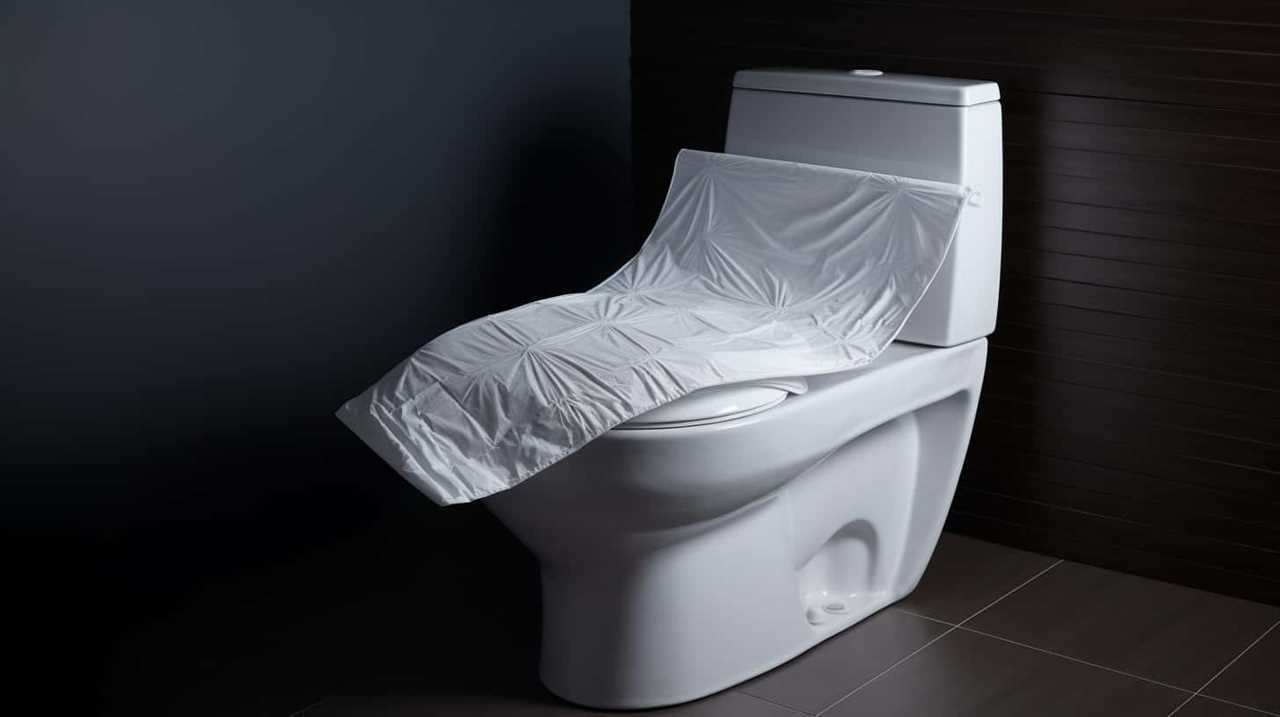
Additionally, it’s recommended to avoid flushing items that are likely to cause clogs, such as sanitary products, wipes, or excessive amounts of toilet paper.
Frequently Asked Questions
How Does the Flushing Mechanism of a Standard Toilet Differ From a Dual-Flush Toilet?
The flushing mechanism of a standard toilet differs from a dual-flush toilet in terms of flushing efficiency and water conservation. A standard toilet may not be as effective in flushing waste compared to a dual-flush toilet, which is designed to save more water.
Is It Possible to Increase the Flushing Power of a Standard Toilet?
Yes, it’s possible to increase the flushing power of a standard toilet. We can improve toilet flushing by adjusting the water level, cleaning the jets, or using a plunger for stubborn clogs.
Can a Standard Toilet Handle Flushing Large Amounts of Toilet Paper?
Yes, a standard toilet can handle flushing large amounts of toilet paper. However, if you are experiencing issues, increasing toilet flushing power or exploring alternative toilet flushing methods may be necessary.
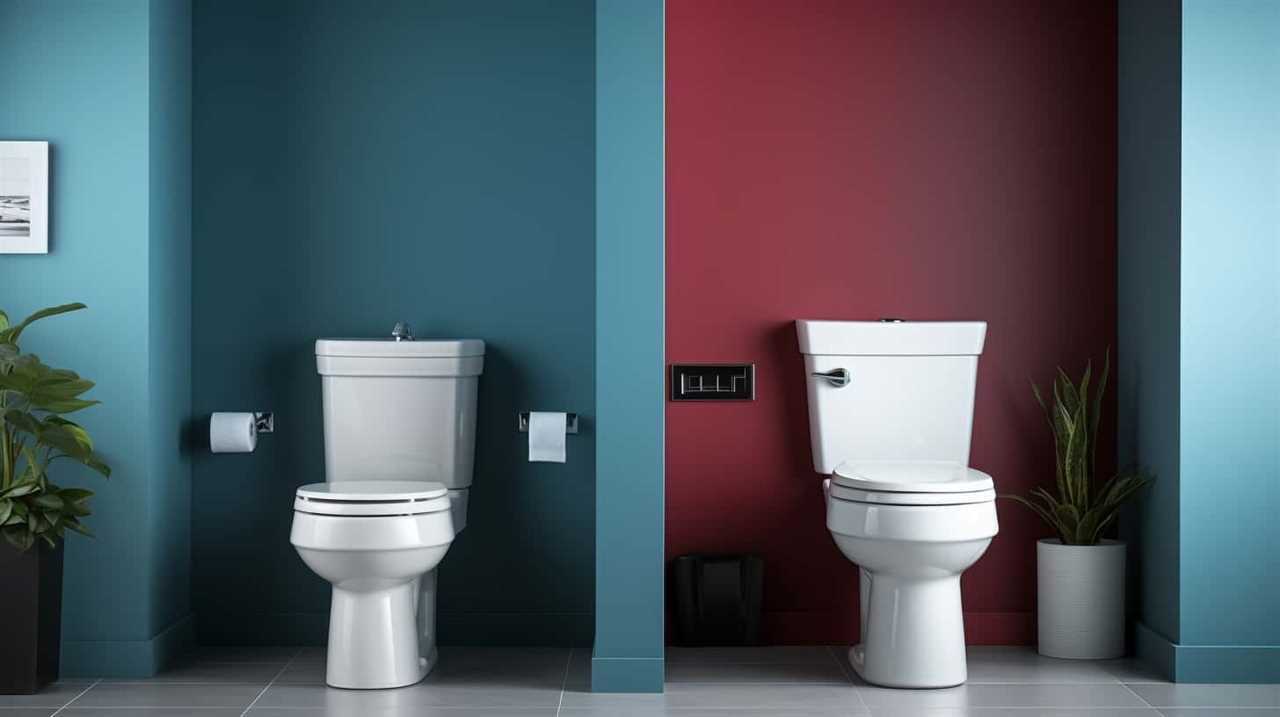
Are There Any Alternatives to Using Water for Flushing in a Standard Toilet?
There are alternative flush methods to using water in a standard toilet. These methods aim to reduce the environmental impact of water flushing. Let’s explore these alternatives and their benefits.
How Can I Prevent Clogs in a Standard Toilet?
To prevent clogs in a standard toilet, we recommend regular toilet maintenance and employing effective toilet unclogging techniques. By properly maintaining and using the toilet, you can minimize the risk of clogs.
Conclusion
In conclusion, understanding the components and function of a standard toilet flush is crucial for proper waste removal and maintaining a functional bathroom fixture.
From the flush valve to the flapper, each element plays a vital role in ensuring efficient flushing.
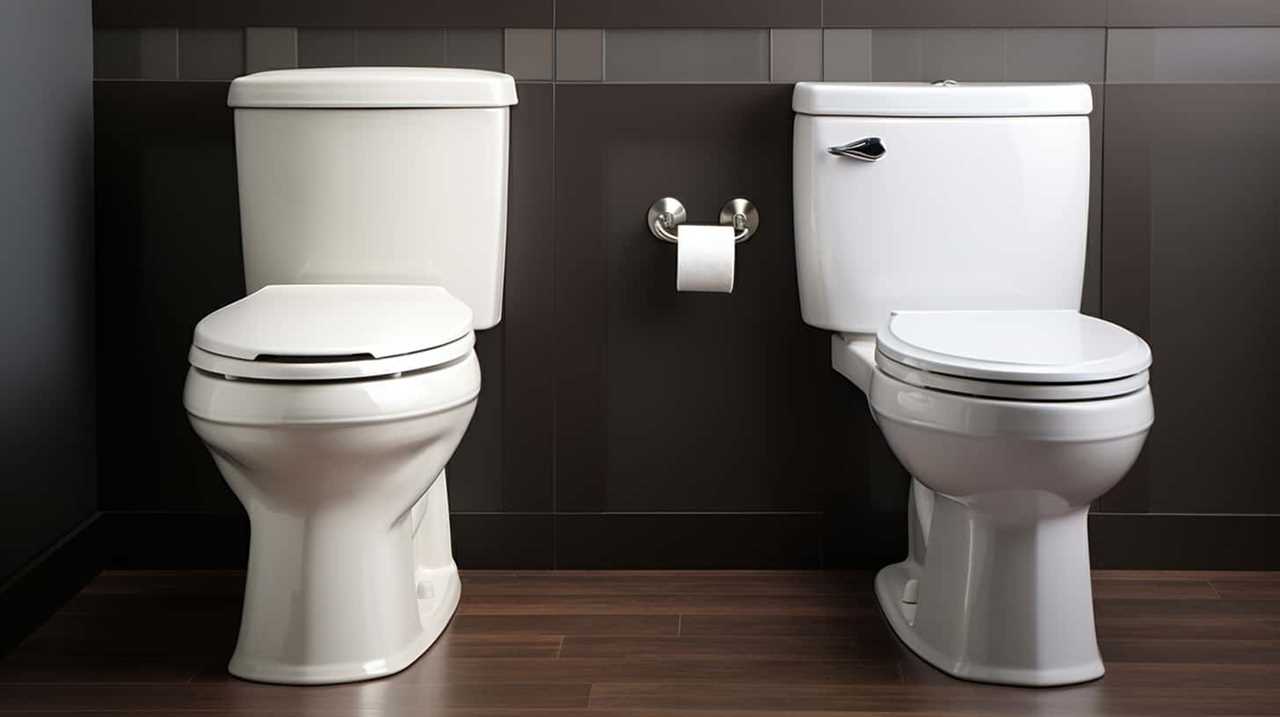
Regular toilet maintenance is essential in preventing clogs and maintaining optimal performance.
Just like a well-oiled machine, a properly functioning toilet flush keeps things flowing smoothly, ensuring a hassle-free bathroom experience.



